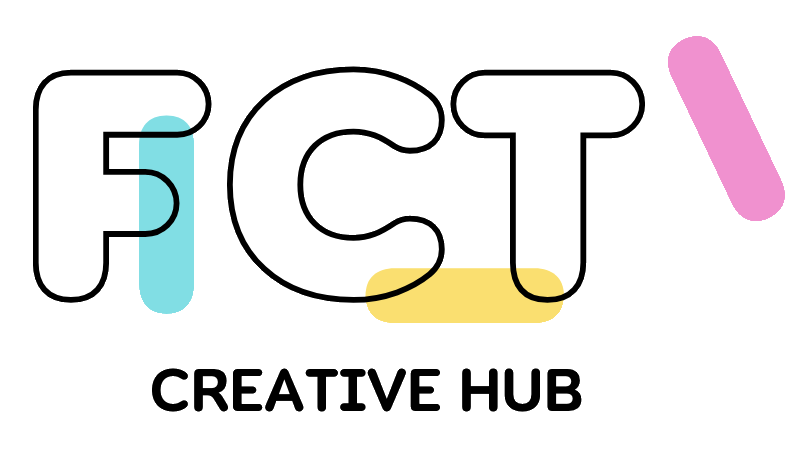The cost of traditional prototyping has always been a huge challenge for companies developing new products. This rudimentary approach requires multiple physical prototypes and a lot of hours to even put together the first model. Virtual prototyping solves this problem by making the process a little more efficient and cost-effective.
What is Virtual Prototyping?
Virtual prototyping is the use of an engineering simulation tool to simulate and visualise the behaviour of a product before creating a physical prototype. As the name suggests, the engineer does all the tasks on a computer. They start with a 3D initial design and refine it using virtual simulations until it meets the required objectives.
The success of virtual prototyping lies heavily in the visualisation capabilities of the optical simulation software you use. Lucky for you, companies like Eclat Digital are at the forefront of next-generation virtual prototyping. They provide both the tools and expertise to ensure an accurate simulation of how your final product will perform in the real world.
How Does Virtual Prototyping Reduce Costs?
Improves Design Efficiency
In traditional prototyping, one of the main things that takes a huge percentage of the budget is the design phase. Typically, it requires creating multiple physical models – making incremental improvements to the design with each subsequent version. Each model requires lots of work and materials, leading to high costs before you even have a working prototype.
With virtual prototyping, all the designing and simulation work is done using a computer. That means there is a reduced need for physical prototypes. When you reduce the number of physical prototypes required before the final product, you also reduce the budget for materials and labour, thus saving costs.
Enhances Design Accuracy
Virtual prototyping also saves money by enhancing the accuracy of each design. The software used throughout the processes has cutting-edge tools and features capable of providing highly accurate simulation and testing results. These accurate outcomes ensure your team can make significant improvements with each subsequent prototype.
Additionally, virtual prototyping makes it easier to identify design flaws earlier. For instance, maybe there are a few parts of your product that do not fit perfectly or interfere with each other. Being able to identify such issues before developing a physical prototype ensures better accuracy and minimises the risk of costly revisions in the future.
Best Practices for Virtual Prototyping
Set Clear Objectives
Before you start virtual prototyping, it is essential to define exactly what you want the prototype to do. Setting these objectives is crucial because it helps you focus your efforts better. For example, if your main goal is testing heat resistance, you won’t need to spend time simulating for aerodynamics yet.
Setting clear objectives also ensures you select the right materials and parameters early on. It eliminates guesswork and makes it easier for you to make trade-offs in efforts to create the perfect product.
Document Every Important Detail
Another important thing to remember is to record every important detail throughout the prototyping process. Document any changes you have made to the design and why. Highlight the flaws in each previous design and why they needed fixing.
Keeping records is important because it helps you avoid making the same mistakes. Additionally, it goes a long way towards improving future design.
Conclusion
Cost is one of the biggest challenges of traditional prototyping. However, with virtual prototyping, you can reduce the cost of product development by making the designing phase a little more efficient. An efficient designing phase translates to lower budgets for labour and materials (typically higher in traditional methods). So, if you want to make your prototyping process more cost-effective, it might be time to switch to virtual prototyping.

